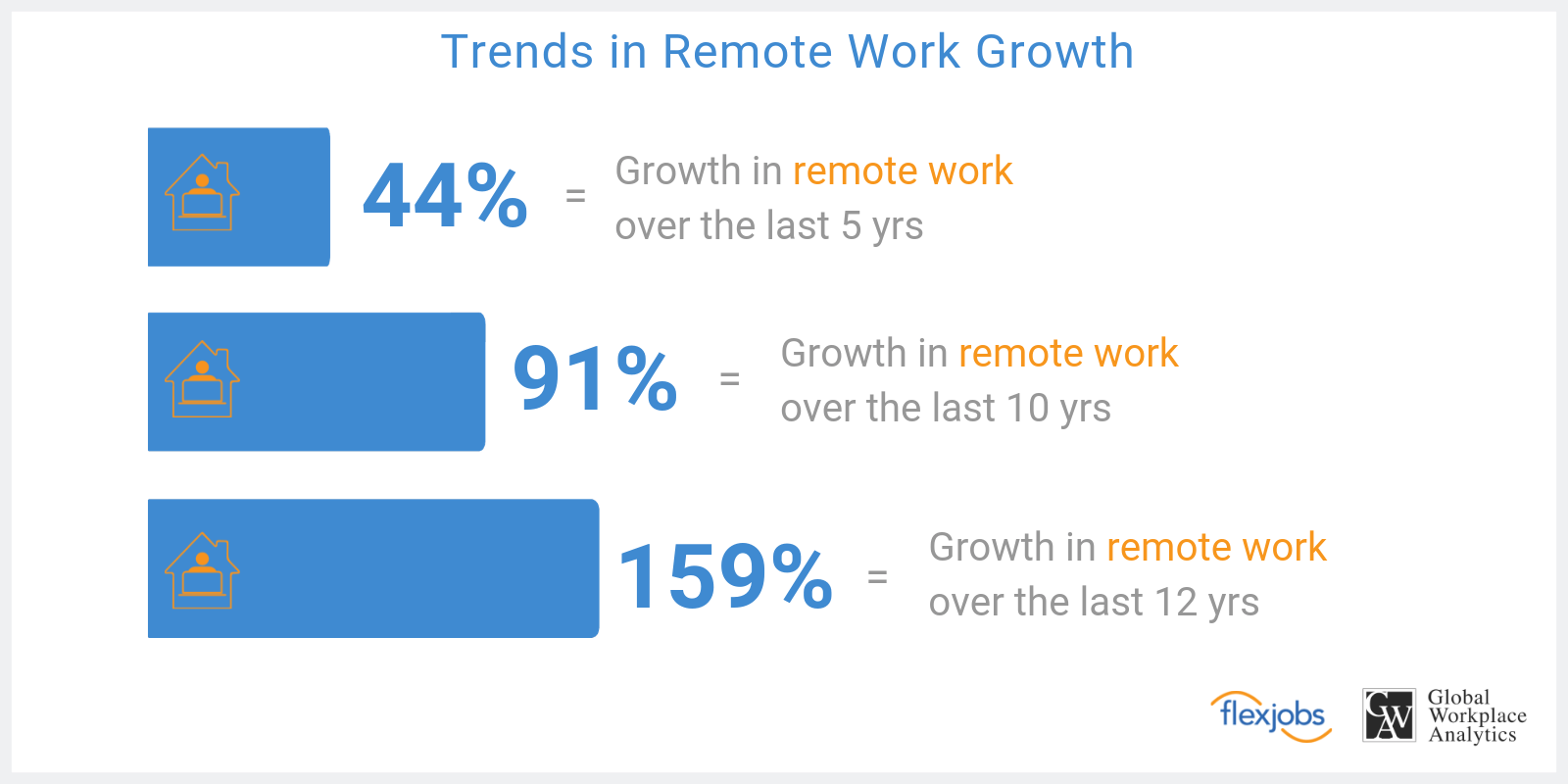|
|
 |
Tips for Improving Communication with a Hybrid Work Team |

[By Swati Tewari, Director at ShowMyPC]
More than half of all U.S. companies offered some form of remote work options in 2019. Since then, that number has increased significantly to 58.6%, and it looks like roughly 74% of all companies are planning on continuing or growing this work avenue for employees, staff, and contract workers. This has changed the productivity models of many teams as new technology and systems are being put into place to accommodate workers moving to locations all over the globe, let alone in the United States.
Little by little, we will see these migration patterns relax, and people once again settle into a regular work routine, but we are not likely to see the end of remote work options anytime soon. The attraction of working from the convenience of our homes will remain a solid work model as long as productivity continues to remain high. At this point, if a company doesn’t offer some form of hybrid or remote work, they are only hurting their ability to attract top talent. The majority of Americans will turn down a job that doesn’t have flexible work models.

To make hybrid and remote work function properly for any organization, new emphasis needs to be placed on effective and efficient communication tools. That is why we have put together a shortlist of tips that will help outline how to keep your communication functioning at its best while dealing with a hybrid or remote workforce.
1 - Learn to Adapt
Some companies have a team all within a single time zone, and setting up meetings or dealing with text messages won’t affect productivity. For the rest of us, we will have to adapt to the asynchronous nature of remote work. Set the tone with your team by showing you don’t need to respond to every topic or debate as soon as it is posted in your Slack or company forum.
Introduce a standard of written communication that allows everyone in all time zones to catch up with the conversation and contribute when they are online. This doesn’t mean sacrificing your own goals or productivity, but providing an outline of clear communication in a central location eliminates those confusing back and forths.
2 - Use Cohesive Technology
Remote workers do not get the same company culture experience as in-person teams. While the jury is still out on the long-term effects of this trait, it doesn’t mean you cannot create a safe and secure digital meeting point for your team. Organizations with extensive remote work experience have come up with many ways to maintain workplace culture and team connectedness.
Try to use a single project management tool where everyone involved can communicate, find information, and post updates regardless of their time zone. It should be accessible from anywhere and on any device. That way, if a team member in Zimbabwe is using their smartphone, they can maintain a conversation with a team lead in Colorado burning the midnight oil on their laptop.
Investing in this technology helps solidify an “online culture” that can be adapted as you grow. Many companies are now providing incentives in the way of funds for purchasing home office equipment so the remote workers have a comfortable work space, just like their in-person counterparts. With a vast majority of employees believing there will be at least a hybrid work option even after Covid 19, you need to be ready to adapt.
3 - Company News should be Universal
Whenever a new piece of information is distributed from your company, you may want to consider two versions - one for in-person workers and one for remote workers. If you can combine the two, then even better. You want your remote and hybrid workers to feel a sense of inclusion in normal company operations.
That means if there is a dress-down day at your physical office, maybe you do a funny hat day for remote workers to bring some levity to their virtual calls that lets them feel like they are members of the team. Make sure all the outgoing information from your company addresses everyone and their unique roles in the business.

4 - Set Regular Meetings No Matter What
This isn’t meant to be a threat, it is intended to be a promise. No matter what, you need to have a dedicated space for your remote team to “check-in” with their progress, updates, and any concerns they may have. Leaving your hybrid workers out there in the cold for too long will eventually lead to isolation. Regular face-to-face (or camera to camera) meetings will alleviate these feelings and ensure everyone stays focused and motivated for their performance. A little one on one time goes a long way to show you care about your team.
Along with this tip, make sure you outline what technology methods you’ll be using for news and regular updates. Having a simple chart that reminds everyone of the tech to use, time to use it, and expected topics is critical to a smooth communication process.
5 - Create & Set Expectations
There are a few different ways to look at this tip. Yes, you want clear outlines of topics you’ll be covering during meetings and all the details of when, where, and how for each session, but you also want to set expectations tonally. Many hybrid and remote workers do not have the benefit of understanding the nuance or inside jokes of your in-person teams. That means they may find difficulties understanding subtle references and tones within each communication.
You may need to take everyone back to school a bit and reintroduce writing standards that are professional and clear, so everyone is onboard instead of being left outside the “inner circle.” The easiest way to do this is to start with yourself. When the team lead or management incorporates simple, easy-to-understand, and comprehensive communication, it sets the expectations for everyone else to rise to during any meeting.
6 - Offer Access for Support & Feedback
During the outbreak's peak in 2020, a survey found that a 69% of remote workers said they were experiencing burnout symptoms. While that percentage has likely decreased some since the economy has reopened, it shows that remote workers are just as susceptible to stress as in-person workers. Creating clear expectations and a regular schedule is good, but finishing off the trifecta with valuable support and pathways for team feedback reconnects these workers with your leadership. Additionally, remote workers should be encouraged to maintain a good work-life balance by setting clear boundaries.
You want everyone to feel like they are a part of something and not just some throwaway talent only useful in the short term. Create an environment where communication is a two-way street that informs each team member of new updates and allows them to respond with any issues they may be having. We are all adjusting to the ever-changing work and tech ecosystem and need to be on the same page as this transformation continues into the future.
If Nothing Else, Listen and Be Clear
If you take only one thing from this article, listen to your team and be clear with your instructions. We need to adapt to the remote workforce and stop playing extended games of telephone where instructions get muddled. Reinforce the importance of clarity, writing everything down, and giving your team the support they need to know you are there to help so that the job can be done on time with everyone’s contribution.
While you’re at it, don’t be afraid to show a little appreciation for your team every now and then. A small compliment during communication can go a long way to improving your overall productivity and company culture.
|
|
|
|
|
|||||
|
© 2025 ShowMyPC. All rights reserved.
|
||||||||


